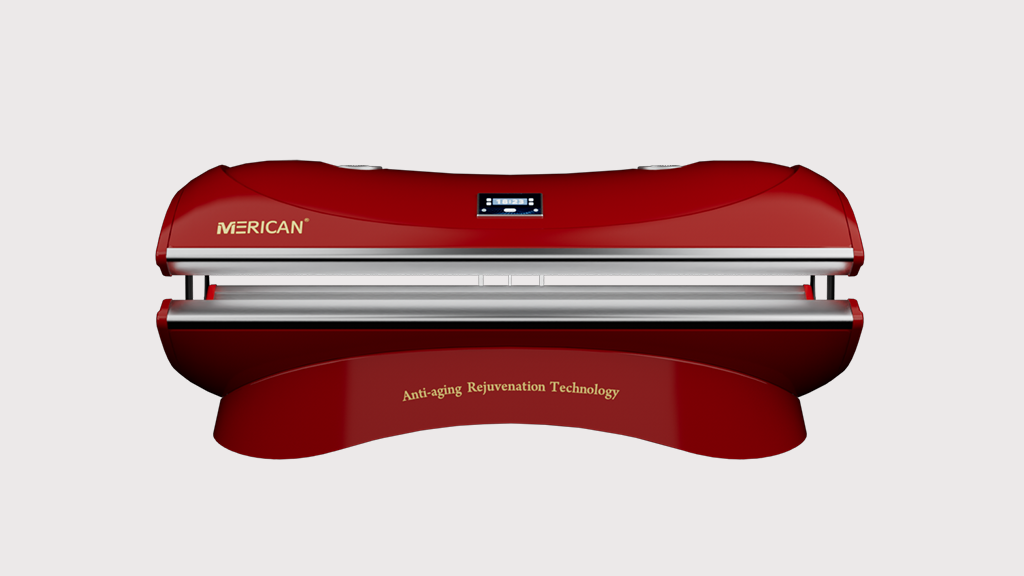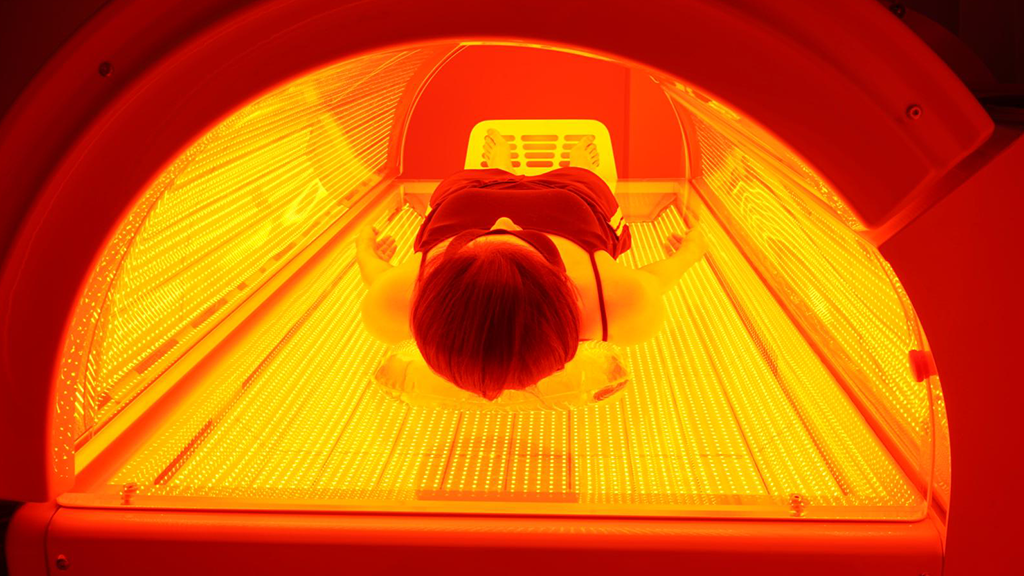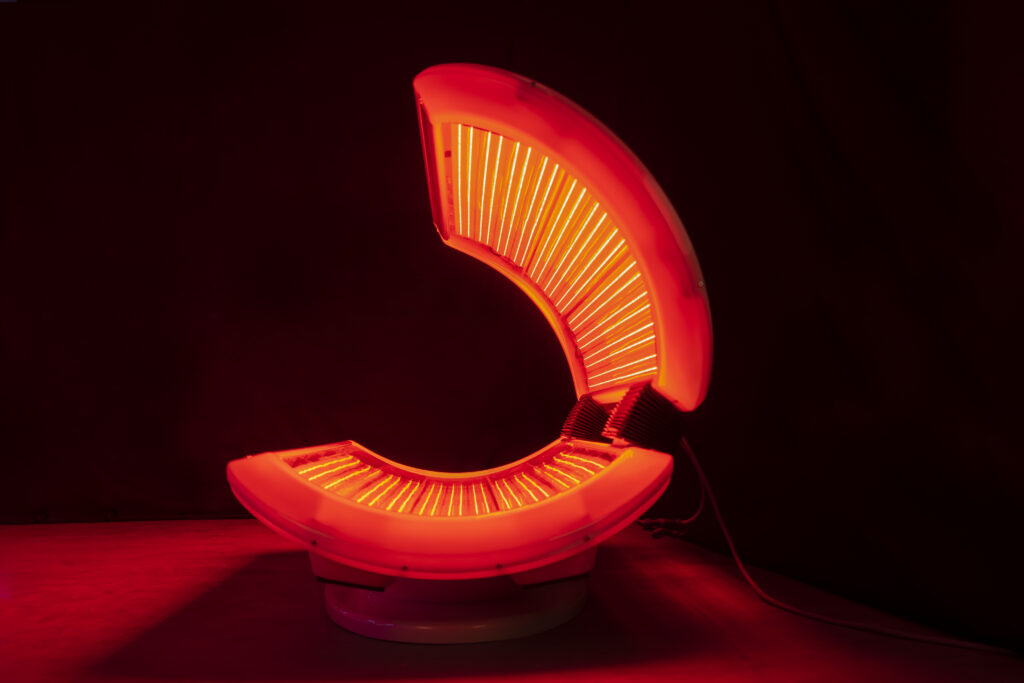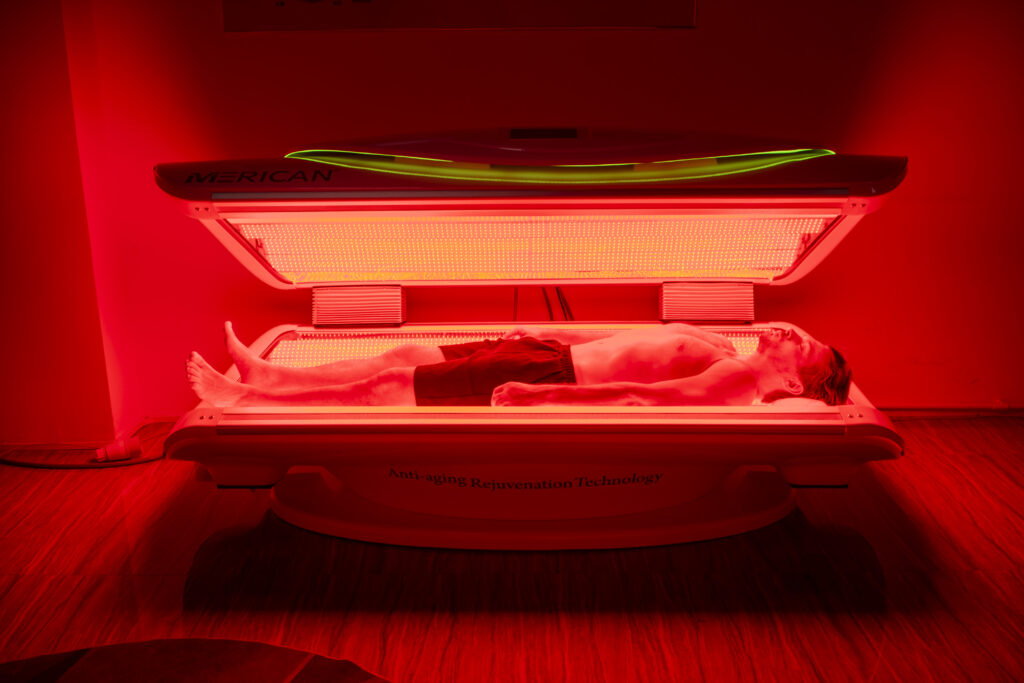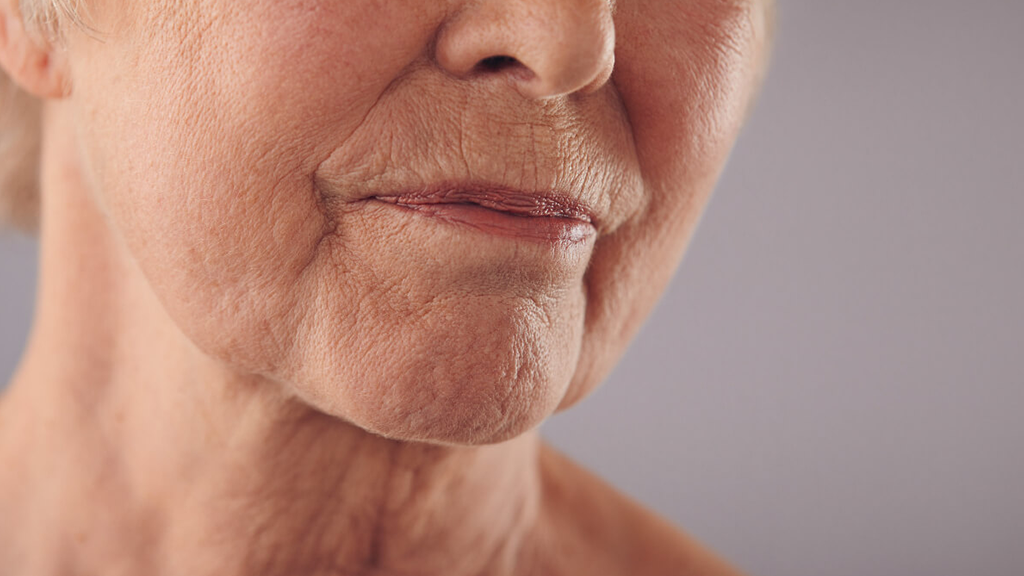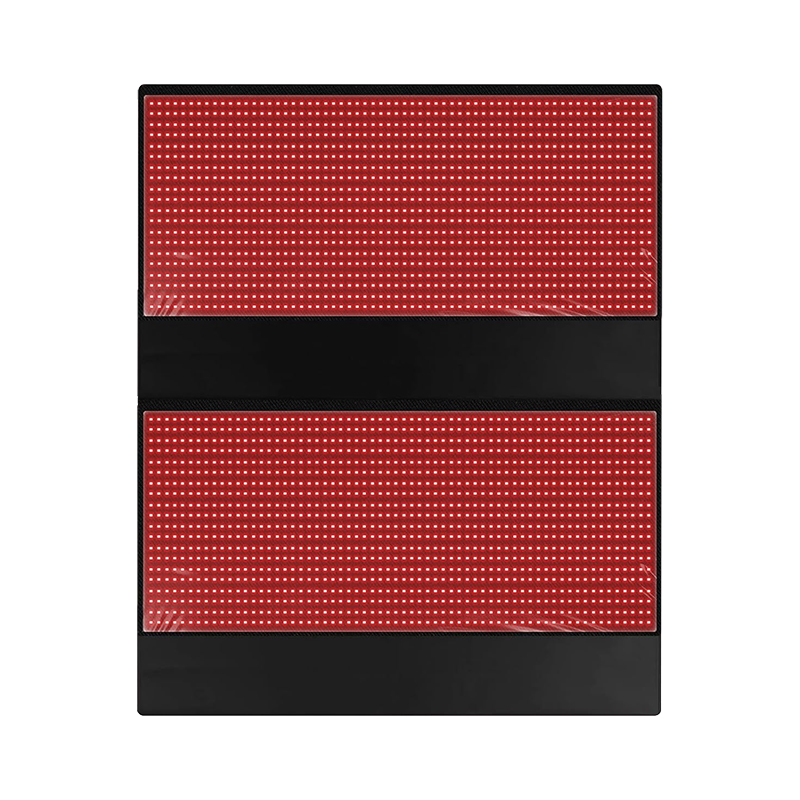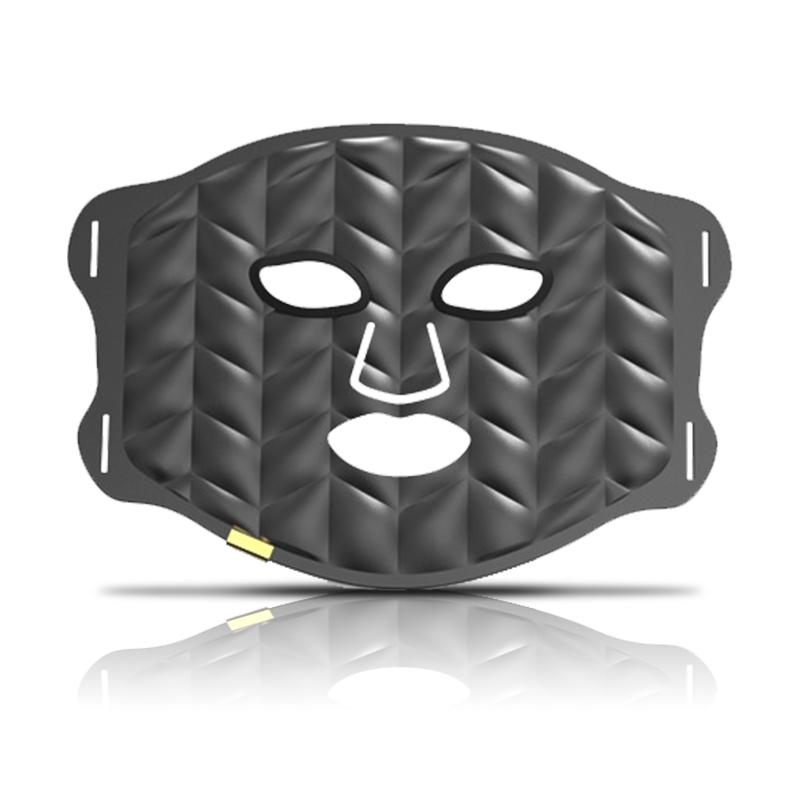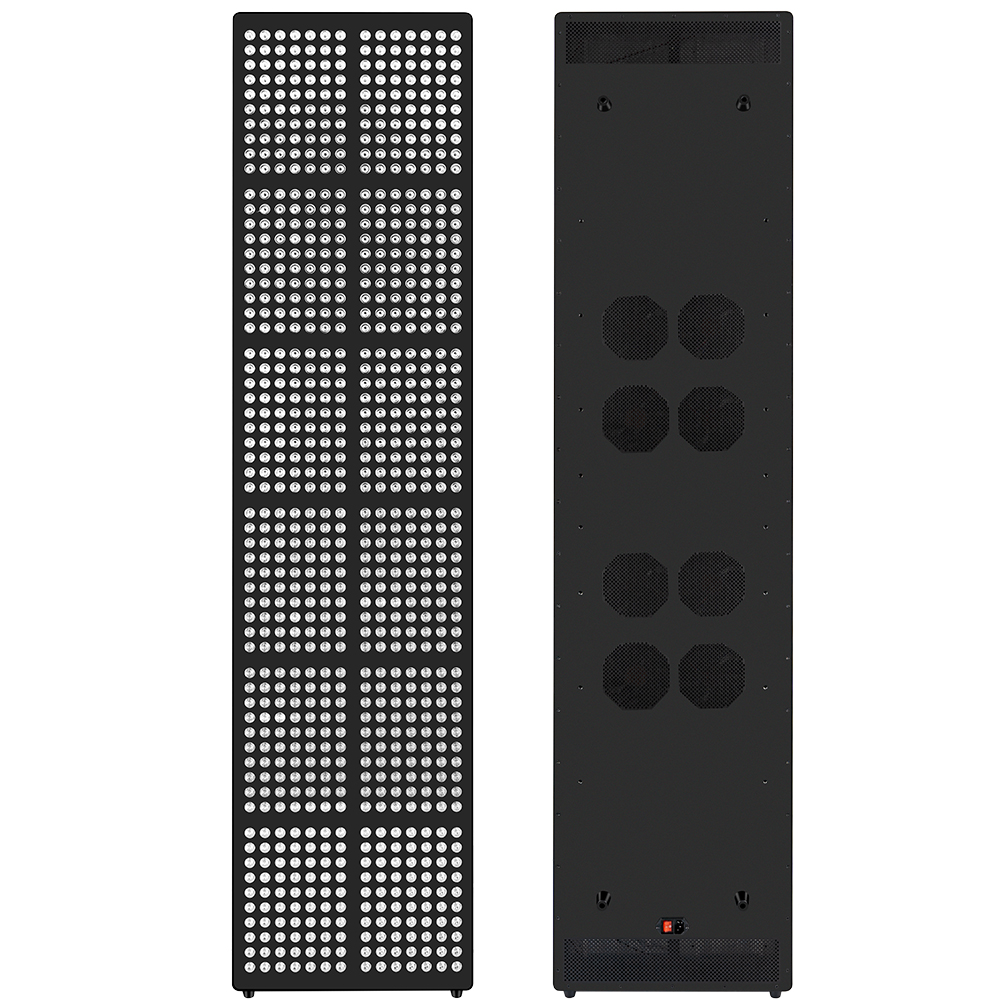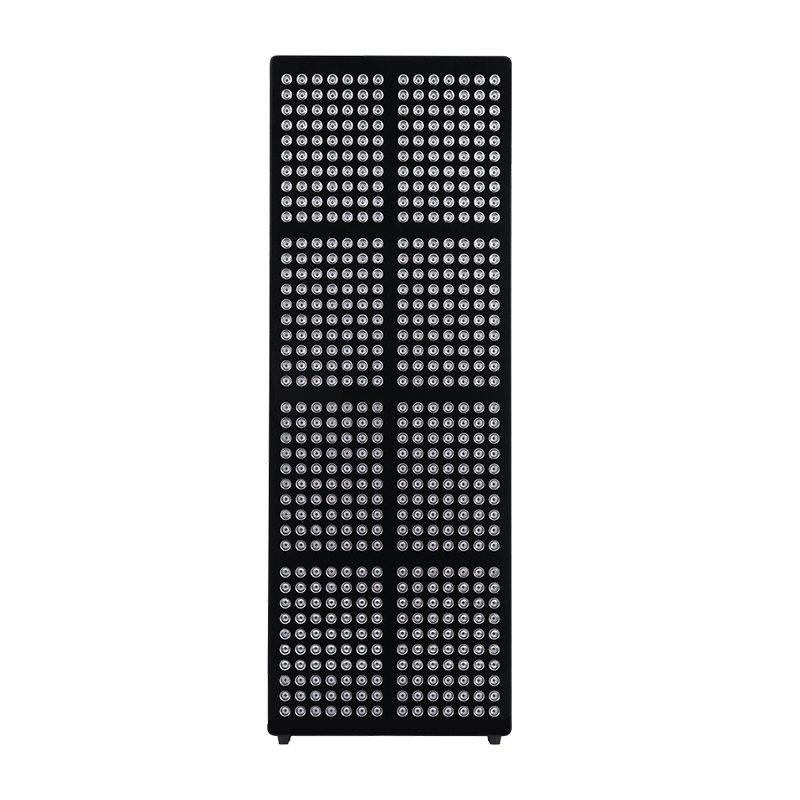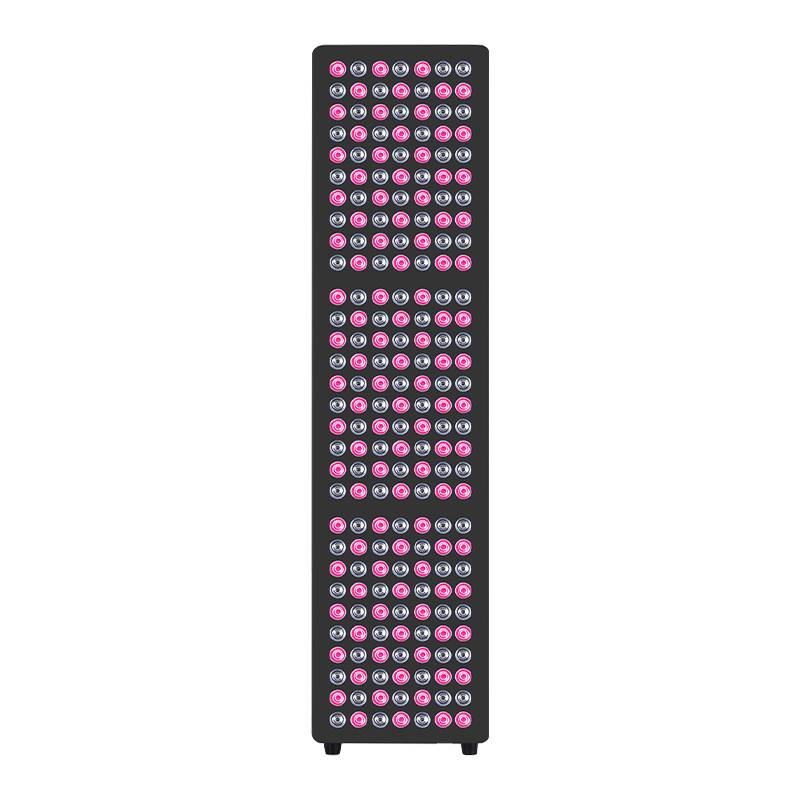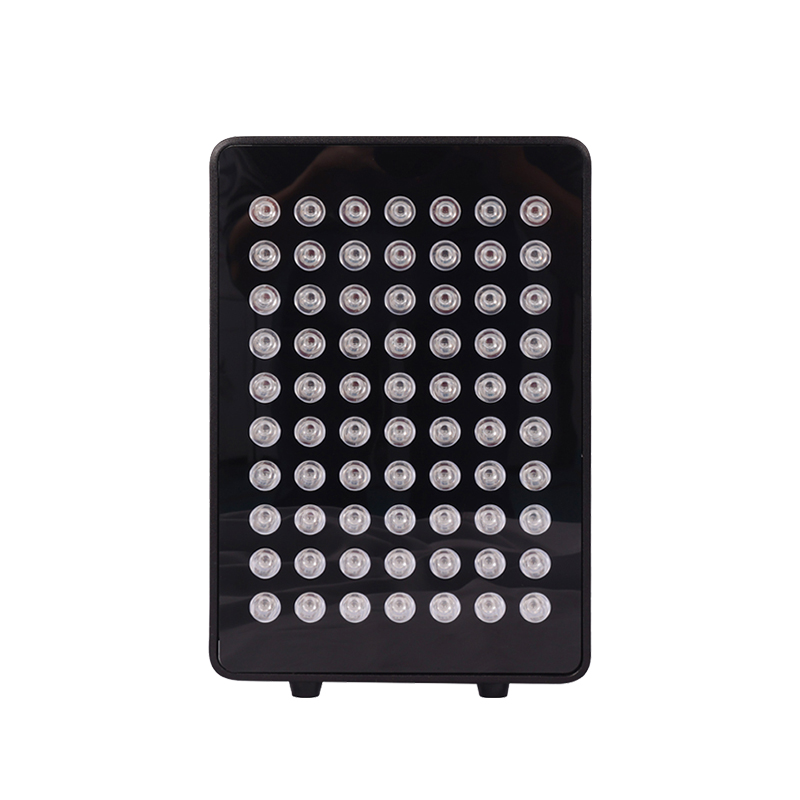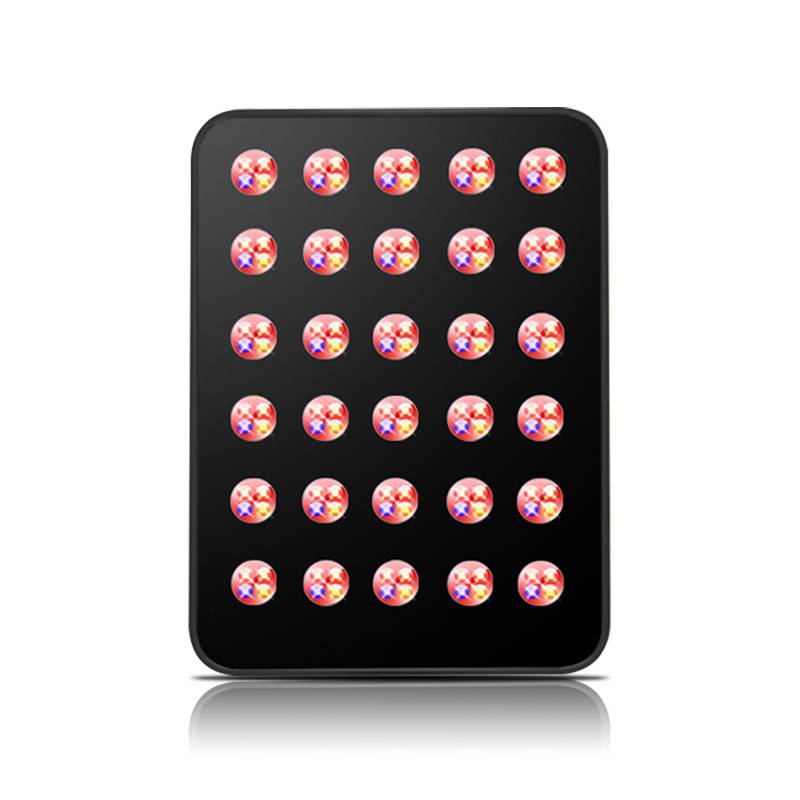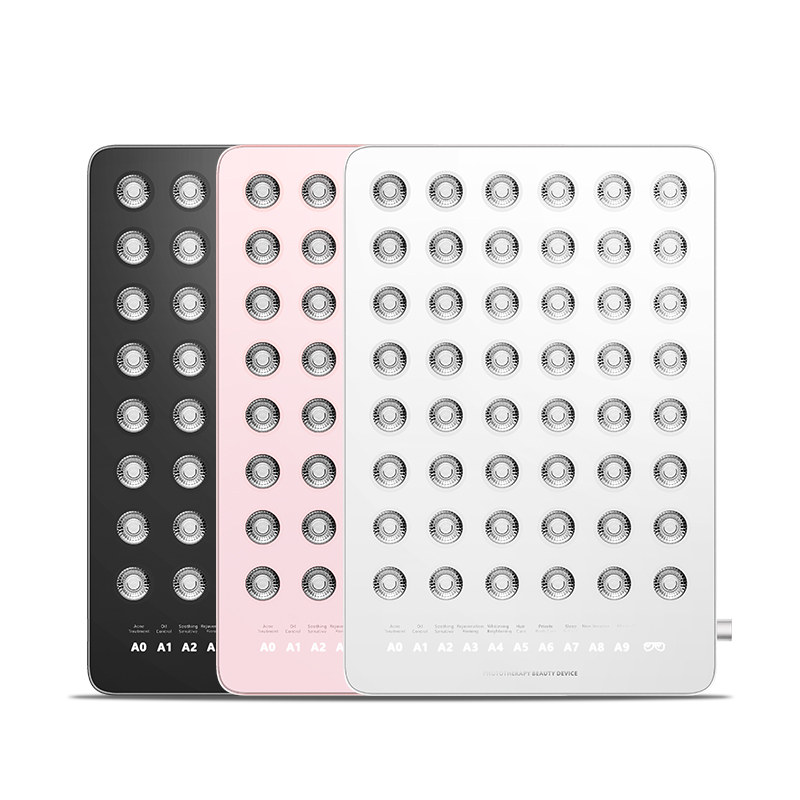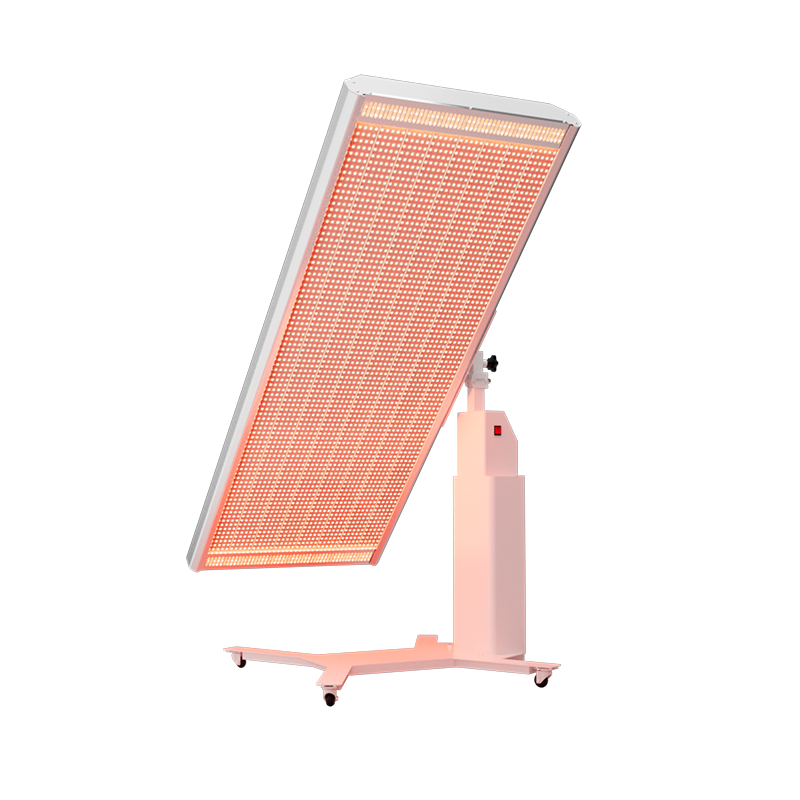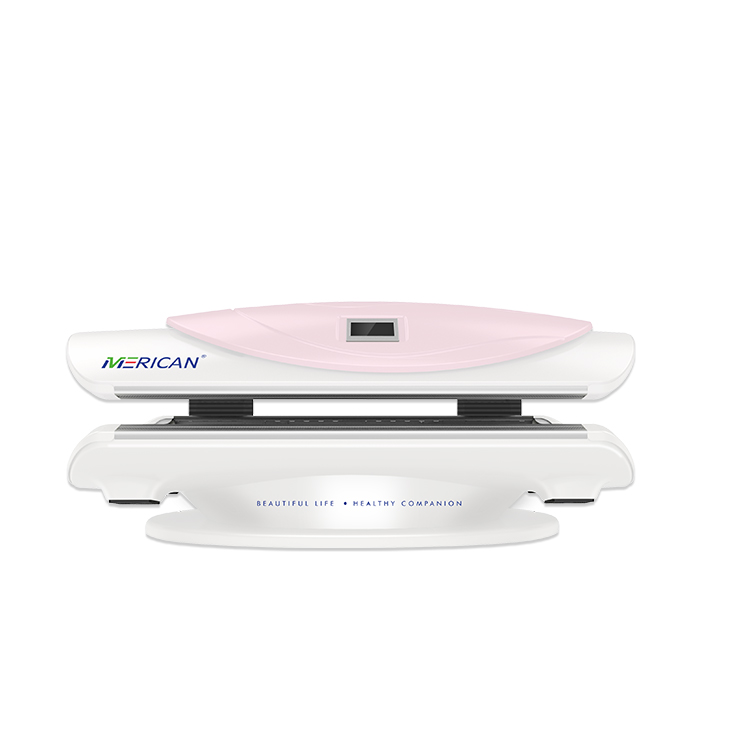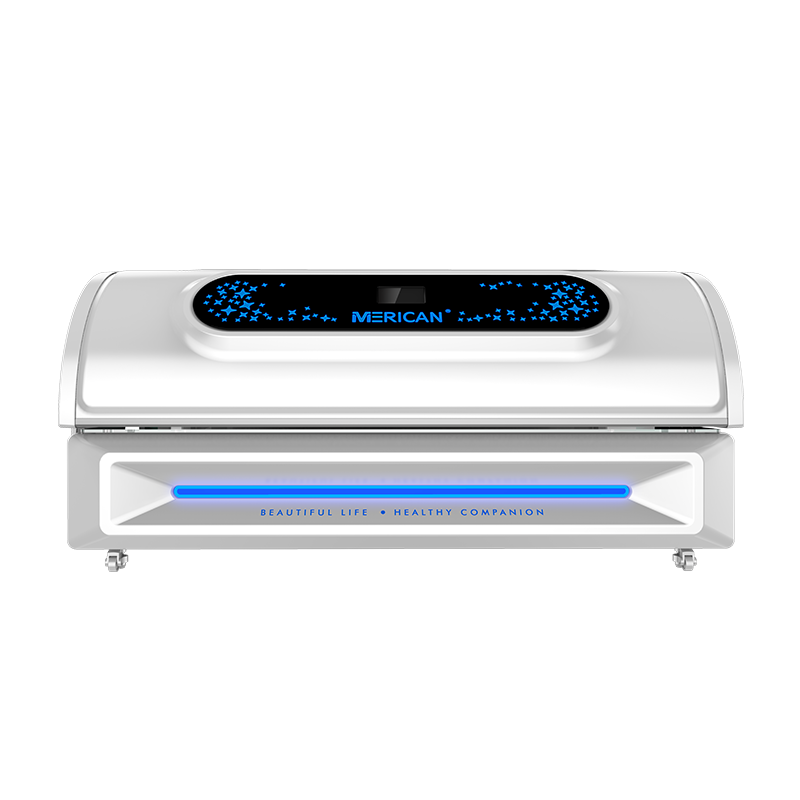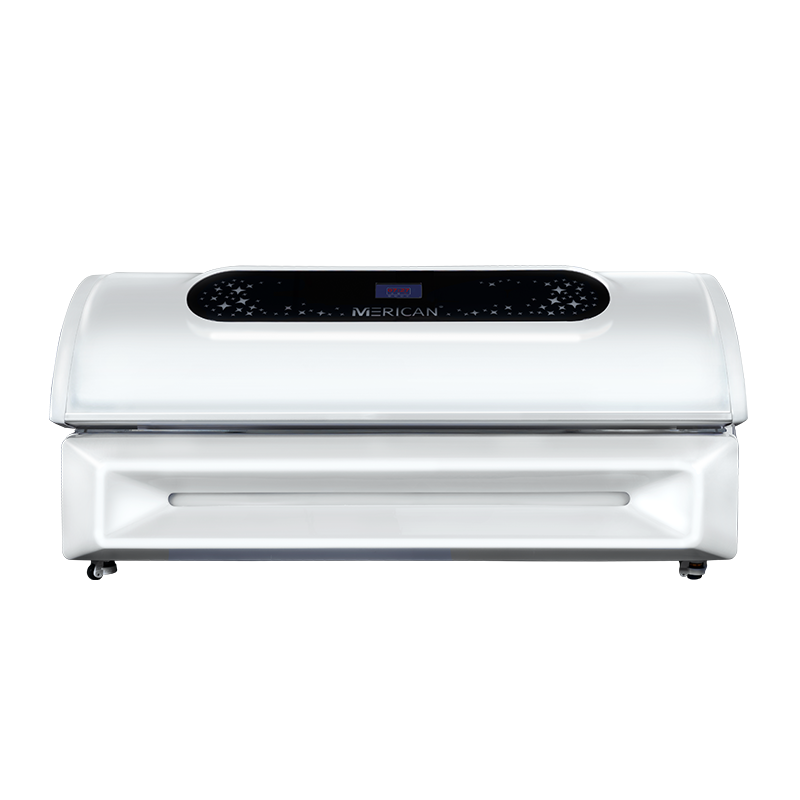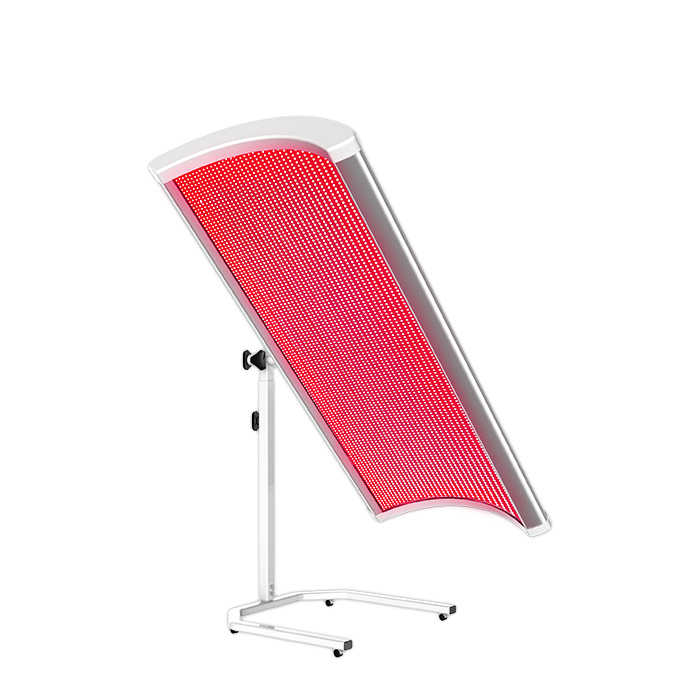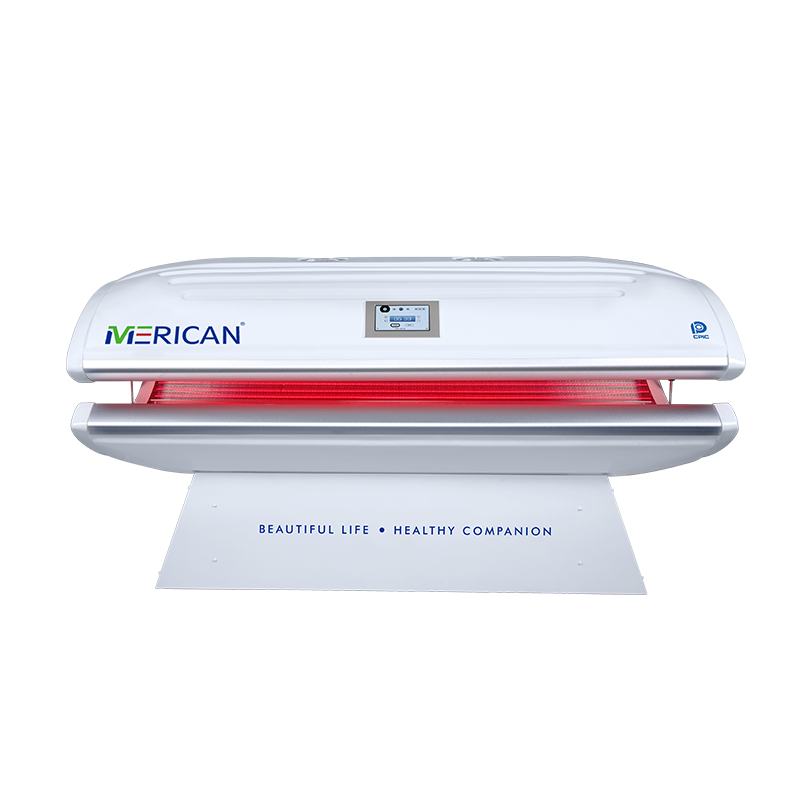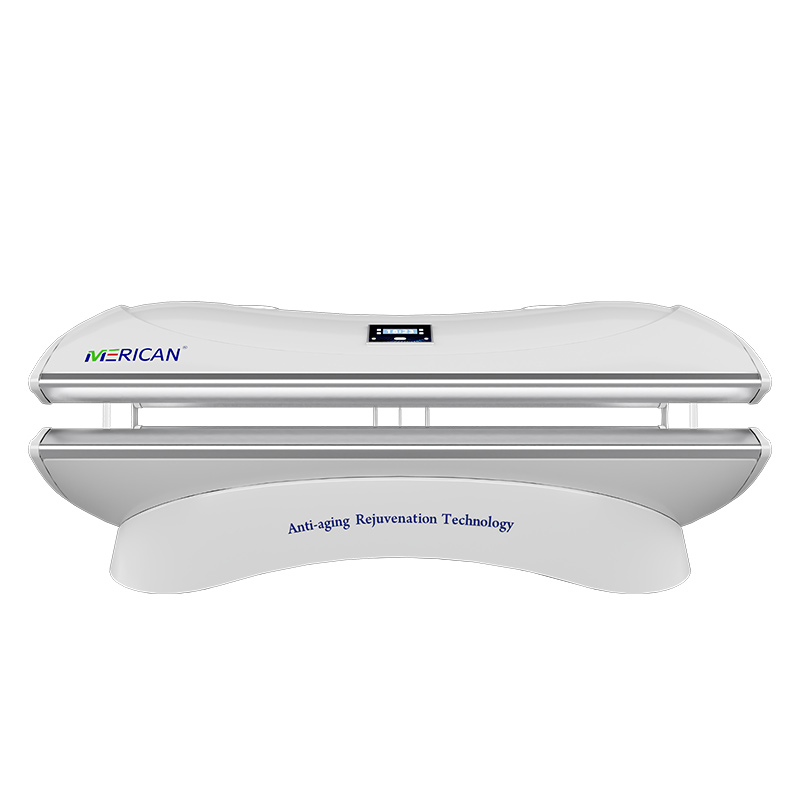Thérapie par la lumière rouge, également connu sous le nom de luminothérapie de bas niveau (LLT) ou photobiomodulation, implique d'exposer le corps à une lumière rouge et proche infrarouge à faible longueur d'onde. Cette lumière pénètre la peau pour stimuler la fonction cellulaire, Améliorer la circulation, et promouvoir la guérison.
La ménopause est une phase naturelle dans la vie d'une femme, Mais cela apporte souvent des symptômes difficiles comme des bouffées de chaleur, balançoires d'humeur, troubles du sommeil, et les changements cutanés. Alors que Hormone Remplacement Héritage (THS) a été une approche traditionnelle, De nombreuses femmes recherchent des alternatives non invasives. Une de ces options émergentes est la thérapie rouge (RLT). Mais quelle est l'efficacité, Et est-ce sûr pour tout le monde?
Avantages potentiels de la luminothérapie rouge pour les symptômes de la ménopause

Équilibre hormonal et niveaux d'oestrogène
- La légère thérapie rouge augmente-t-elle œstrogène?
Alors que les preuves directes sont limitées, Certaines études suggèrent que le RLT peut influencer l'équilibre hormonal en stimulant le système endocrinien, Soutenir potentiellement la production d'oestrogène.
- Amélioration de l'humeur et du sommeil
En améliorant la production de mélatonine, RLT peut améliorer la qualité du sommeil, qui est souvent perturbé pendant la ménopause.
- Réduction du stress
RLT peut aider à réduire les niveaux de cortisol, Amplacement du stress et des sautes d'humeur associées aux fluctuations hormonales.
Santé et apparence de la peau
- Production de collagène
RLT stimule la synthèse du collagène, Amélioration de l'élasticité de la peau et réduisant les rides, qui peut être bénéfique pour les changements de peau ménopausique.
- Ménopause Traitement du visage rouge
Les bouffées de chaleur peuvent provoquer des rougeurs faciales. RLT peut aider à apaiser la peau et à réduire l'inflammation, servir de traitement potentiel pour les rougeurs faciales liées à la ménopause.
- “Seins en lumière rouge”
Certaines femmes utilisent un RLT sur la poitrine pour améliorer le teint et la fermeté. Cependant, Il est essentiel de consulter un fournisseur de soins de santé avant de cibler les zones sensibles.
Santé vaginale
- Soulagement de la sécheresse vaginale
Le RLT s'est révélé prometteur pour soulager la sécheresse et l'inconfort vaginaux sans avoir recours à des traitements hormonaux..
- Circulation améliorée
L'amélioration du flux sanguin provenant du RLT peut favoriser la santé des tissus vaginaux, améliorer potentiellement la fonction sexuelle.
Densité osseuse et douleurs articulaires
- Soutien à la santé osseuse
Bien que davantage de recherches soient nécessaires, certaines études suggèrent que le RLT peut aider à maintenir la densité osseuse, ce qui est crucial pendant la ménopause.
- Réduction des douleurs articulaires
Les effets anti-inflammatoires du RLT peuvent aider à soulager les douleurs et raideurs articulaires courantes chez les femmes ménopausées.
Quelle est la meilleure thérapie pour la ménopause?
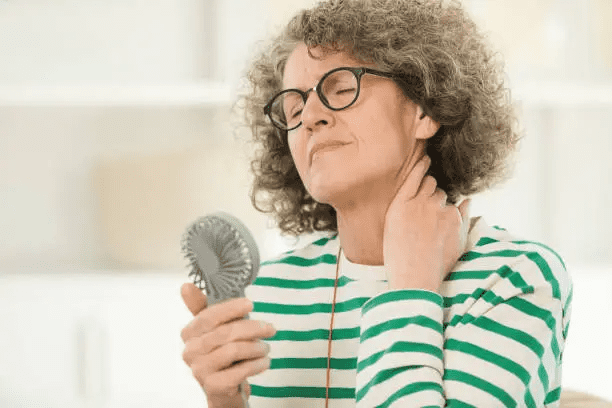
La thérapie optimale varie en fonction des besoins et des symptômes individuels. Les options incluent:
Thérapie hormonale substitutive (THS)
Efficace pour beaucoup, mais peut présenter des risques pour certaines femmes.
Thérapie par la lumière rouge
Une option non invasive qui peut atténuer divers symptômes de la ménopause.
Changements de style de vie
Exercice régulier, une alimentation équilibrée, et la gestion du stress peut avoir un impact significatif sur la gravité des symptômes.
Thérapies alternatives
Acupuncture, suppléments à base de plantes, et les pratiques de pleine conscience peuvent offrir un soulagement.
Consulter un soins de santé le fournisseur peut aider à déterminer l’approche la plus appropriée.
Thérapie par la lumière rouge et santé mentale pendant la ménopause
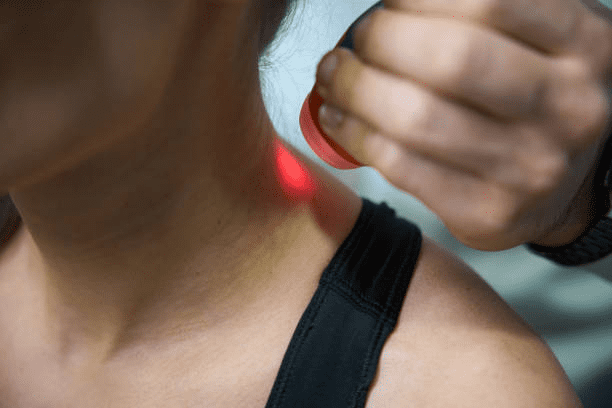
Combattre les sautes d'humeur et l'anxiété
- Changements hormonaux et troubles de l'humeur
Les fluctuations des œstrogènes pendant la ménopause peuvent provoquer une instabilité de l'humeur, anxiété, et même la dépression. Thérapie par la lumière rouge (RLT) peut aider à stabiliser l'humeur en améliorant l'énergie cellulaire (Production ATP) dans le cerveau et améliorant la fonction des neurotransmetteurs.
- Stimuler la sérotonine et la dopamine
Certaines premières études suggèrent que le RLT pourrait améliorer la production de sérotonine et de dopamine., produits chimiques clés impliqués dans le bonheur et la clarté mentale.
- Réduire les niveaux de cortisol
Des niveaux élevés de cortisol dus au stress de la ménopause peuvent aggraver l'anxiété. RLT peut aider à réguler le HPA (hypothalamo-hypophyso-surrénalien) axe, réduire le cortisol naturellement.
- Améliorer la résilience au stress
En améliorant le sommeil, énergie, et fonction cognitive, RLT augmente indirectement la résilience émotionnelle et réduit les déclencheurs de stress quotidiens.
- Complémentaire à la thérapie par la parole ou aux médicaments
Le RLT peut être utilisé en association avec des antidépresseurs ou des conseils dans le cadre d'une approche plus large du bien-être mental..
Comment utiliser la thérapie par la lumière rouge en toute sécurité à la maison
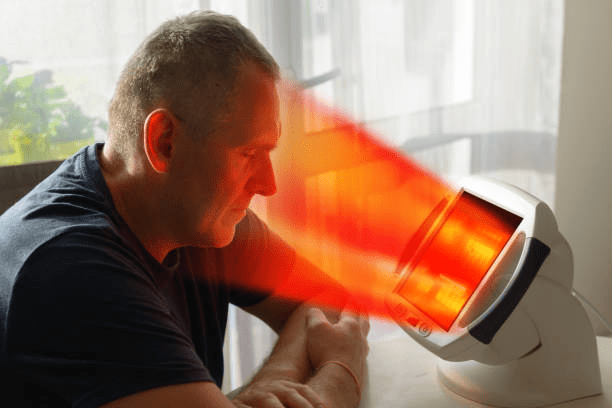
- Combien de temps devriez-vous utiliser la thérapie par la lumière rouge?
Pour le soutien à la ménopause, la plupart des gens bénéficient de 10 à 20 minutes par séance, 3–5 fois par semaine. Plus n'est pas toujours mieux.
- Pouvez-vous utiliser la thérapie par la lumière rouge tous les jours?
Oui, mais il est important de suivre les directives de l’appareil et de surveiller la réaction de votre corps. Une utilisation excessive peut provoquer une irritation de la peau ou une diminution des bienfaits.
- La position et la distance comptent
Restez à environ 6 à 12 pouces de la source de lumière, et éviter l'exposition directe aux zones sensibles sans protection.
- Choisissez la bonne longueur d'onde
Recherchez les appareils qui émettent de la lumière dans la plage 630-660 nm (feu rouge) et 810-850 nm (proche infrarouge) gammes. Ceux-ci pénètrent efficacement dans la peau sans causer de dommages.
- La cohérence est la clé
RLT n'est pas une solution miracle. Une utilisation constante pendant des semaines ou des mois est nécessaire pour obtenir des avantages notables.
FAQ

Qui ne devrait pas utiliser la thérapie par la lumière rouge?
Bien que le RLT soit généralement sûr, certaines personnes doivent faire preuve de prudence:
- Femmes enceintes
Les effets du RLT pendant la grossesse ne sont pas bien étudiés; ainsi, il vaut mieux éviter.
- Personnes photosensibles
Les personnes souffrant de maladies comme le lupus ou qui prennent des médicaments photosensibilisants devraient consulter un médecin avant utilisation..
- Patients cancéreux actifs
Particulièrement, les personnes atteintes d'un cancer du sein devraient éviter le RLT sur les sites tumoraux en raison des risques potentiels.
- Conditions oculaires
L'exposition directe aux yeux doit être évitée; des lunettes de protection sont recommandées.
Quels sont les dangers d’une thérapie excessive par la lumière rouge
- Irritation cutanée
Une exposition prolongée peut provoquer des rougeurs ou des brûlures.
- Dommages oculaires
Sans protection adéquate, Le RLT peut nuire aux yeux.
- Déséquilibre hormonal
Une utilisation excessive pourrait perturber les niveaux hormonaux, même si des recherches supplémentaires sont nécessaires.
- Efficacité diminuée
La surexposition peut entraîner une réduction des bénéfices, soulignant l’importance de la modération. Le respect des directives d'utilisation recommandées est crucial pour minimiser les risques.
Conclusion
La luminothérapie rouge présente une promesse, option non invasive pour gérer divers symptômes de la ménopause, des déséquilibres hormonaux à changements cutanés. Bien que ce ne soit pas une solution universelle, Le RLT peut être un élément précieux d’un plan complet de gestion de la ménopause. Comme pour toute thérapie, il est essentiel de consulter un professionnel de la santé pour déterminer son adéquation à vos besoins individuels.

